Predictions for enterprise resource planning (ERP) over the next few years have referenced artificial intelligence (AI), usability, process automation, and others. Technology will advance in these areas, but many companies still have an outdated perception of ERP and how it can help their business. Thankfully, the perception of ERP, how it is used, and the application of emerging technologies will advance significantly in 2023. A shift in services, organisational roles and responsibilities, and a focus on change designed to capitalise on new technology will create a major impact.
What is sure to become mainstream is increasing importance of the enterprise application platform (EAP); value from advanced user experiences and automation; and blending of ERP software and services.
When it comes to the increasing importance of the EAP, the move to multitenant (MT) SaaS means there is no direct access to the database or application code. In the cloud, extensions, integration, and new technology adoption are largely accomplished through EAPs. Leading ERP vendors deploy an advanced EAP that integrates seamlessly with the MT SaaS ERP it supports.
In 2023, EAPs will increase in importance to the point that ERP selection processes will weigh the platform as heavily as the underlying ERP business capabilities. Key characteristics and capabilities of a robust EAP include: low-code or no-code (LC/NC) extensibility and integration, which inherits metadata and security from the core ERP to enable democratized development; state-of-the-art API tools and API management to support rapid adoption of new capabilities by non-developers; process intelligence including inherent workflow and hyper-automation; AI/ML coupled with process intelligence, data intelligence and voice-enabled digital assistants. AI use cases for non-data scientists become commonplace; data fabric with embedded analytics for processing ERP and non-ERP (externally sourced) data providing a centralized business intelligence (BI) across an enterprise for superior insights.
All these combine to create an opportunity for increased value. Yet MT SaaS ERP customers that came live in the past two to three years are just now beginning to realise the potential of what they acquired. As companies begin to utilise the capabilities of the EAP, their perception of ERP will shift to the positive.
Considering the potential for significant gains in user experience and automation, it is clear that real value comes from exceptional user experiences. Historically, that has meant user interfaces and dashboards. 2023 will see gains in both user experience in the traditional sense and an acceleration of automation to eliminate routine maintenance transactions.
User experience advances include: experiences provided by apps like Uber, hotel apps, banking apps, etc. linking internal (ERP) and external data will become standard; users will select and adopt applications through an ERP marketplace in much the same way they acquire apps through an app store – orchestrating their own ERP experience; voice interface and process-aware ERP digital assistants will be common. Users will be able to speak to their ERP systems and command: “show me what I need to take action on today”.
This will lead to powerful productivity gains. AI has become standard with functions like preventive maintenance, talent science and supply chain. 2023 will see more pervasive adoption of these capabilities across more functional areas. Context-aware process intelligence will automate standard profile transactions. A user processing 1,000 invoices a month will be able to manage 5,000 or 10,000 invoices a month.
The emergence of MT SaaS ERP as the standard several years ago required vendors to change their development and support models to accommodate multiple releases per year. This demands a blending of software and services. However, many vendors and their delivery partners are still stuck in an on-premises delivery mindset.
This will change to a delivery model more aligned with the needs of MT SaaS customers. Leading vendors and their delivery partners will stop separating service delivery into “implementation and support” and start modeling service delivery along a SaaS model. The historical implementation plan featuring a termination at go-live and post go-live support becomes obsolete. What was implementation will be recognized as the first phase of setting the foundation for future capabilities. ERP service contracts will have an eight- to ten-year horizon. They will include phases such as: set-up (implementation), stabilization, testing, training, ongoing consumption of updates and change management. Customers’ IT and business functions will move away from traditional ERP roles and responsibilities toward those geared for constant consumption of updates, new features and emerging technologies.
Technology relevant to ERP will continue to advance in 2023. The major change will be the human factor. Technology advancements, the EAP ecosystem and services combined with a new customer perspective will result in significant increases in productivity and value for ERP customers.
By Phil Lewis, Senior Vice President of Solution Consulting, International, Infor


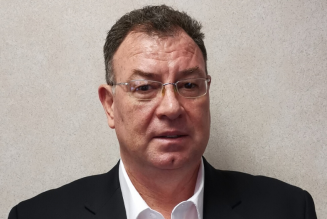

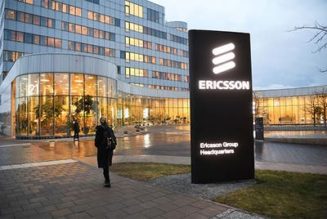
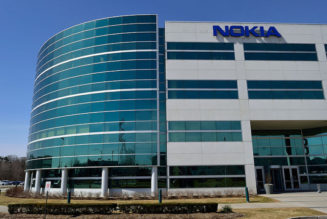
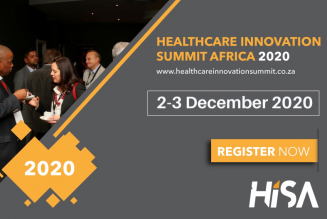
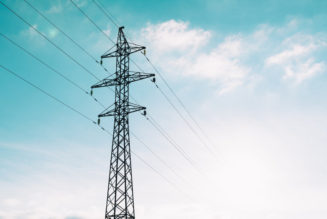

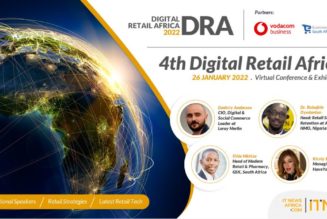
Tagged: Enterprise IT, OPINION, Top Stories